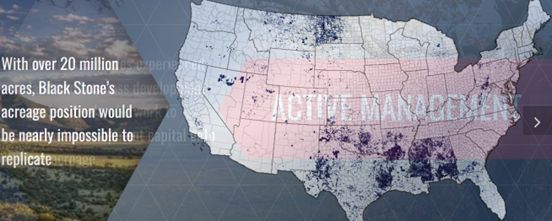Q2 2023 was always going to be a tough one for energy sector earnings comparisons. That includes the best-in-class midstream companies in our model portfolio. But several continue to shine in this environment, including Black Stone Minerals LP (BSM), explains Elliott Gue, editor of Energy and Income Advisor.
North American shale oil and gas producers have undergone a revolution in thought since the boom times of the previous decade. No longer is the goal growth at any price. It’s smart drilling to optimize profitability so companies can maximize free cash flow no matter the price environment—and thereby to reward investors with stock buybacks and dividends while continuing to reduce debt.
That conservatism has kept midstream system throughputs generally subdued, with the notable exception of reserve basins positioned to serve exports. Meanwhile, lower commodity prices have compressed margins for the portion of sector companies’ earnings that’s not fee based.
And while best in class midstream companies were able to expand asset bases conservatively, others more dependent on fewer customers and regions saw slumping volumes and/or were unable to renew contracts with shippers on favorable terms. Then there are the cost comparisons. Inflation has raised the cost of everything from labor to construction materials.
The strongest energy companies are still generating enough operating cash flow to cover CAPEX and dividends. But those relying on variable rate debt/credit lines and/or that have hefty refinancing needs are seeing big time interest expense increases. Those are considerable headwinds for midstream.
Our midstream companies will stay on track if near-term conditions worsen. But more important, they’re positioned for massive gains as the cycle unfolds, which is what we’re playing for. And the accelerating pace of sector mergers and acquisitions at premium prices opens the door for considerable upside near-term as well.

As for Black Stone Minerals, the royalty trust posted flat EBITDA in Q2 versus the previous quarter. That result enabled management to hold the dividend stable at 47.5 cents per share, with a coverage ratio of 1.04 times based on a fifth consecutive quarter of distributable cash flow (DCF) over $100 million.
Production on the company’s lands was 93 percent royalty and 74 percent natural gas. Overall output was 10.9 percent higher than in the year-ago quarter, as management reported 73 operating rigs on its lands and lifted self-run production by 8 percent sequentially from Q1.
That helped offset a -6 percent sequential reduction in realized selling prices per barrel of oil equivalent (-53 percent year-over-year). So did reduced operating expenses and the fact the company carries no debt.
Recommended Action: Buy BSM


















